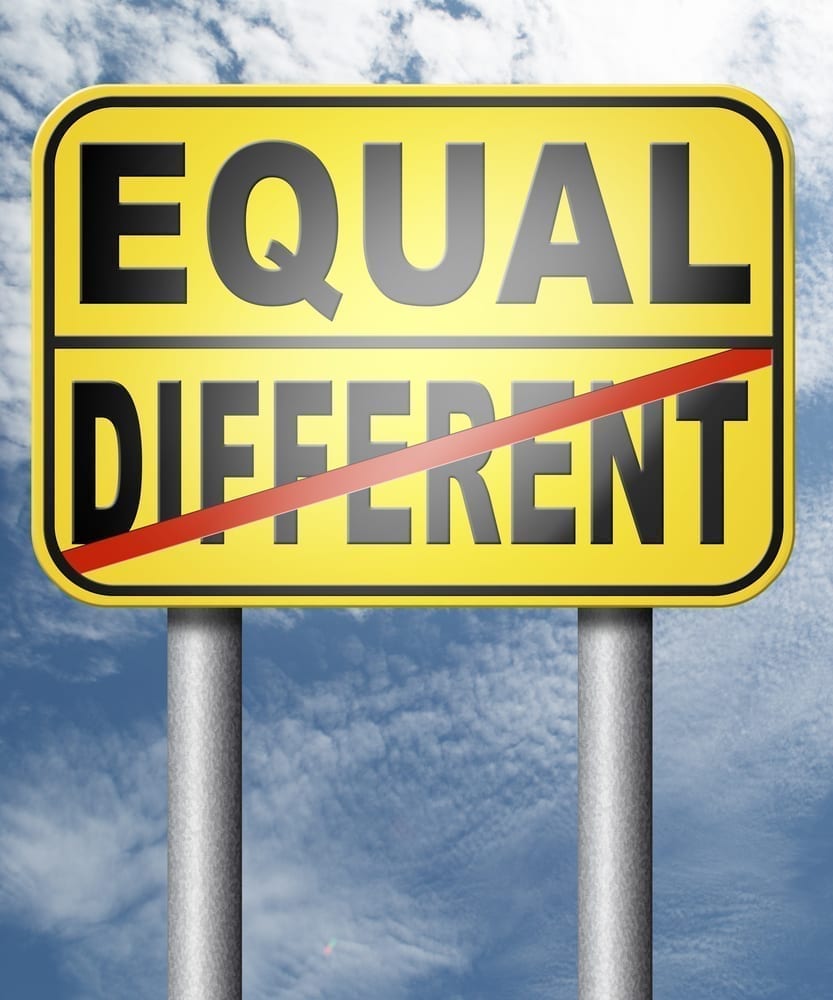How is it that Sarah Imeinu led a double life? If we think of the challenges that she faced during her 127 years, we would imagine that she led a life of sadness. However, she made a conscious decision to be happy, busying herself with kiruv rechokim (outreach) even in times of great distress, choosing to move beyond her pain.
The Ben Ish Chai says that every woman has the capacity to lead a double life—the natural life she has been given from Above, and the life she chooses to live. This is the life of a woman with emunah.
He gives the mashal (parable) of Siamese twins who were embroiled in a serious quarrel; one wanted to get married, but the other didn’t. They took their dispute to the chacham of their town, who told them to sit on the floor. “Stand up,” he ordered the twin who did not want to marry. Of course, she could not get up because her sister’s weight pulled her down. Then the chacham turned to the twin who wanted to get married and asked her to do the same. Because of her strong determination, she was able, with great effort, to tear herself apart from her sister and get up. Now she was free to marry and lead an independent life. Every morning, the Ben Ish Chai tells us, we women wake up attached to a Siamese twin. When you announce, “I want to be productive today,” the twin counters, “No way! Today is not the day.” It is our duty to tear ourselves away from this negative voice that is full of excuses and seeks only to drag us down.
This was the life of our mother Sarah, who insisted on seeing everything with emunah. How did she do it? Rashi asks why the numbers of her life are listed separately, and he answers famously that when she was a hundred years old, she was like a 20-yearold, and when she was 20, she was like a seven-year-old. “Shekol yameha shavin l’tovah, all of her days were equally good,” he explains. Sarah Imeinu had the rare quality of hishtavut, the ability to see everything equally. When a situation was bad, she viewed it the same way as when it was good. When something distressing happened in her life, it was b’seder (OK); when something good came her way, it was b’seder too.
In this vein, the mussar giants explain Rashi’s words “Bat kuf k’bat kaf” by referring to perakim kuf (100) and chaf (20) in Tehillim. Perek 100 opens with “Mizmor l’todah,” a song that expresses gratitude and joy, while perek 20, which starts, “Yaancha Hashem b’yom tzarah,” is recited in times of pain. What this signifies is that when Sarah faced a challenge—a yom tzarah—she continued to serve Hashem with the same positive outlook and sense of gratitude as in times of todah.
How can we manage to emulate Sarah in approaching all aspects of our lives with equanimity and faith? The Sfat Emet states that Sarah lived with the word “l’tovah”: “Kol yameha hayah shavin l’tovah.” To her, everything that happened was for the good—and even the good things were a vehicle through which she could become a better person.
In this week’s parshah we read, “Va’Hashem beirach et Avraham bakol, and Hashem blessed Avraham with bakol.” There are many explanations for the word “bakol.” One midrash says that Bakol was the name of Avraham’s daughter; another says the blessing was that he did not have a daughter because it would have been too difficult to find a husband for her in that immoral generation. A third explanation is that the numerical equivalent of “bakol” is 52, the same as the word “ben,” meaning that he was blessed with a son.
The Sfat Emet explains that we can understand these conflicting peirushim if we recognize who Avraham and Sarah were. They had the amazing capacity to say, “Kol mah d’avid Rachmana l’tovah oseh, whatever Hashem does is for the good.” As a couple, they faced many painful challenges that tested their emunah, but because they worked to lead a double life, to say “l’tovah” to everything that happened, their lives were deeply fulfilling. Rabbi Tzadok Hakohen of Lublin tells a story about Rabbi Akiva, who was once delivering a shiur when all of his talmidim fell asleep. In an attempt to wake them, he asked a question: “What message did Esther Hamalkah glean from the fact that she was queen of 127 provinces?
She realized that she was a descendant of Sarah Imeinu, who lived for 127 years.” Let’s stop for a moment and ask two obvious questions: How could all the talmidim of Rabbi Akiva have fallen asleep while he was teaching? And how did the question he asked wake them up? When Esther found herself in the palace of Achashveirosh, she cried to Hashem, “Sarah Imeinu can’t be my role model. She was only in Pharaoh’s palace for one night, after which You struck him and she was able to leave.
I’ve been here for four years, and I don’t see a way out. This is so hard for me!” These were her thoughts for a long, long time, until one day, in desperation, she decided to talk directly to Sarah. “Why don’t you help your daughter?” she cried. And then she heard Sarah Imeinu’s answer. “Do you think it was easy for me?
It’s true that I was in the king’s palace for only one night, but think for a moment. My husband, Avraham, grew up in a place of avodah zarah, and yet he chose to make a life for himself. I was surrounded by tumah all my life, but I chose to transcend it. Esther, dear, you can still be a queen. You have my blood. You can lead a double life.” That’s when Esther realized that she could indeed lead a double life—and “vatilbash Esther malchut,” she clothed herself in her queenly robes.
The talmidim of Rabbi Akiva struggled with a similar issue. They looked at their teacher and saw only his purity, his tzidkus. “How are his words relevant to us?” they wondered. “He is so far beyond us.” In telling them the story of Esther, he was telling them, “You can be a Rabbi Akiva. You can lead a double life.” The situation Hashem has sent your way may not be ideal. But that does not have to deter you from leading a “shnei chayei Sarah,” a double life that is filled with emunah and joy.
It is my deepest wish that all of us merit to lead a double life, a noble existence with a deeper purpose, in spite of everything that life throws our way. Just like our righteous imahot were buried in the Me’arat Hamachpeilah—the “Cave of the Doubles”—symbolizing their mastery at leading double lives, may we be zocheh to tear ourselves away from the inner voice of negativity and find the strength to say “l’tovah” all of our days.





